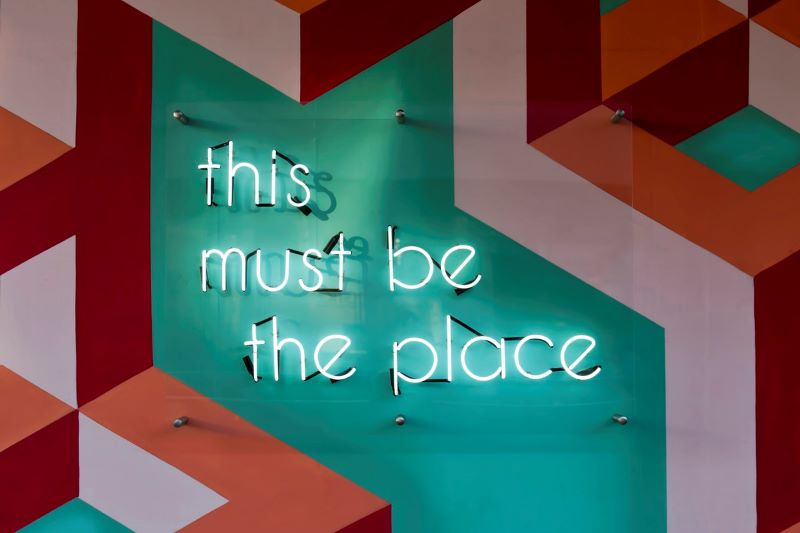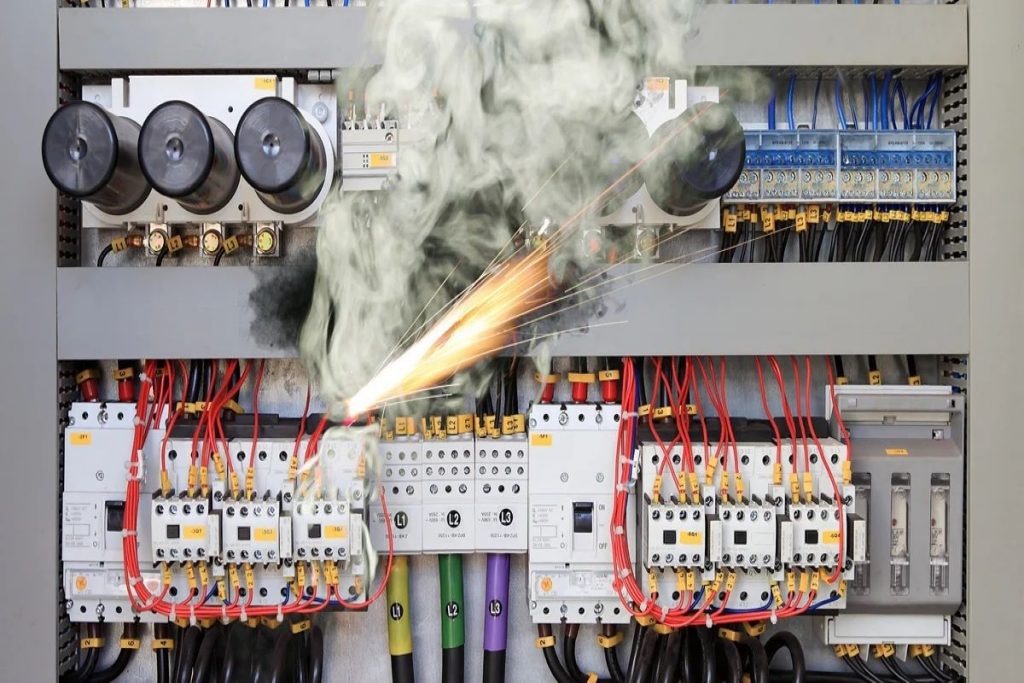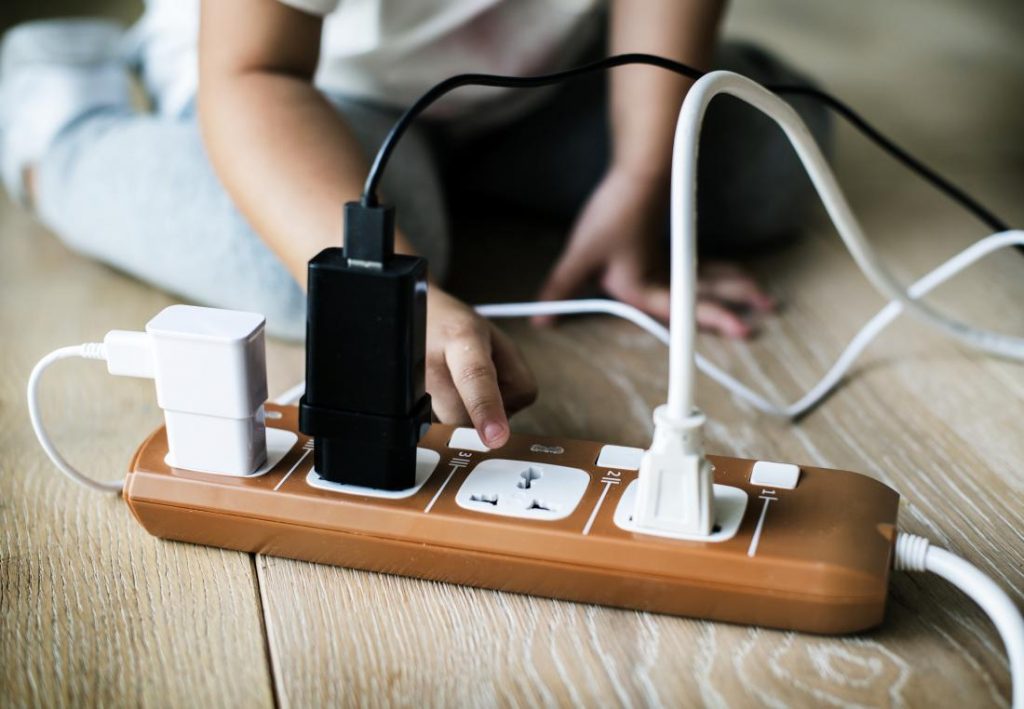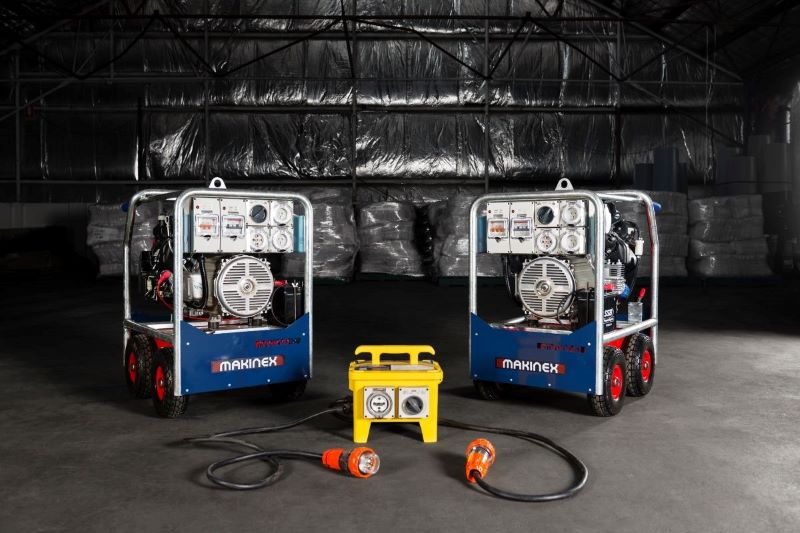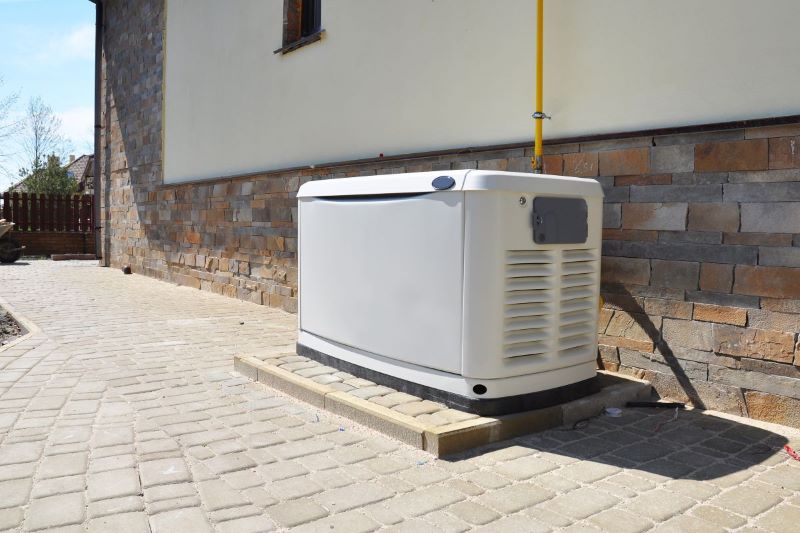Table of Contents
When it comes to decking out your home or business, neon lighting is an ideal way to go. While you may be shaking your head in disbelief, neon lighting is actually an energy-efficient, cost-effective, and attractive way to add lighting. There are several myths that are rumored to be true about neon lighting, and we are here to help dispel all of them. Find out here why neon is a solid lighting alternative that you can use virtually anywhere.
Myth #1: Neon lighting uses more electricity
The myth that neon lighting uses a lot of electricity is one that deserves to be debunked. When you compare neon lighting to traditional lighting sources, you will be surprised to find that it is quite an energy efficient.
If you consider that neon lighting uses a tube versus a filament to light up, not only is it cooler to the touch but it draws less energy to power up. Neon lighting today uses less power than a traditional 75-watt light bulb, saving you more on your energy bill than other lighting sources.
Myth #2: Neon lighting is not safe
You may think neon lighting is unsafe in your home or business. In actuality, neon and argon gases are found in the very air you breathe. These inert gases are distilled minimally in neon lighting, making them quite safe for use inside.
Plus, neon sign manufacturers have gone to great lengths to make sure that the neon lighting they produce is safe for consumers to use in their homes or business. You can rest assured that there are no dangers to hanging a neon sign in your rec room, restaurant or even bar.
Myth#3: Neon lighting is more expensive
The price of neon lighting is a relative term. While neon lighting is inexpensive to produce, the price tag on a covet neon sign will command more than one that is run of the mill. So, in essence, you get what you pay for when it comes to your favorite neon sign.
The cost to produce neon is not only a low-cost endeavor, but the value of certain neon lighting increases over time. This can make it possible that the neon sign you bought a few years ago is worth much more today.
Myth #4: Neon lighting contains mercury
When you consider that mercury is found in many of the lighting sources that you use today, neon is no more harmful than the lights you currently have in your home or business. Fluorescent lighting also uses mercury, and they are a common occurrence in many locations.
While neon lighting does use mercury, there is no need to worry that it is hazardous to your health. It is just as safe as the fluorescent lights that you are around on a daily basis without any additional harm or hazards to worry about.
Myth #5: Neon lighting can break easily
While all lighting is subject to damage if it is not cared for properly, neon lighting has been made more resistant by using an annealing process. Annealing helps to minimize stress by making the glass more pliable. This allows the glass tubing to heat up, bed or shape without fear of damage.
Plus, when you purchase a neon sign, for example, it is carefully packaged to ensure that it does not break and makes its way to your home or business safely for hanging.
Myth #6: Neon lighting is dangerous
Again, neon lighting is a safe alternative to many other lighting sources. This myth may have been true prior to 1990, but recent changes in policy UL2161 from the Underwriters Laboratories have made them quite safe now.
With this policy, all neon lighting must have additional safety features. These features include ground fault interruptions and over-voltage protection. They must prevent and protect from any type of shock and fire hazard as well. This proves that this myth is false as neon lighting has never been safer than it is today with these added safety precautions.
Myth #7: Neon lighting is heavy
Neon lighting before 1990 was a heavy commodity. It used to use heavy power transformers that were bulky 18 pounds or more. This often made it difficult to hang neon signs or expense to ship them.
Today, neon lighting is much lighter in weight. The power supplies often weigh less than two pounds, giving many signs a lighter weight that can easily be hung. In addition, the use of a smaller transformer allows these neon signs to have a slim profile and footprint, giving them the capability to integrate with your home or business décor with ease.
Myth #8: Neon lighting has a short lifespan
A popular myth that needs to be dispelled is the life expectancy of neon lighting. Many believe that neon signs only have a life expectancy of 20,000 to 30,000 hours. This is false as many neon signs can be used 24 hours a day for up to 10 years.
Because this neon lighting is not typically used for such long periods of time, you can expect to gain an even longer lifespan with its installation. Many people have seen well over 10 years a neon sign that they use intermittently.
Myth #9: Neon lighting is not attractive
This myth is all about personal taste. Not only is neon lighting a fun way to jazz up or personalize a space, but it can draw attention and be a real focal point of a room. With neon lighting, you can create an area in your home or business that conveys the message you are looking to send to your guests.
Plus, with so many different options of neon lighting, you are sure to find a sign that will compliment your space without being distracting or garish.
Adding neon lighting to your home or business is the perfect way to add that bit of spice you have been looking for. Neon signs are highly desired and can provide you with an attractive, cost-effective, and safe lighting display that is a true conversation starter.
